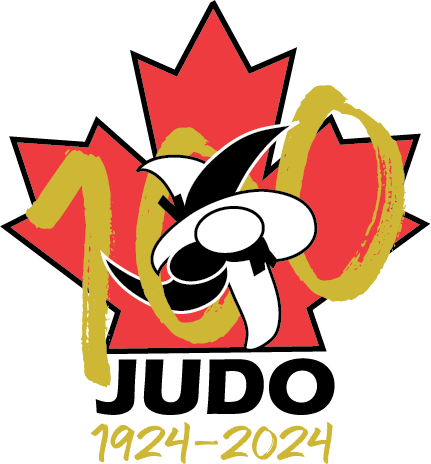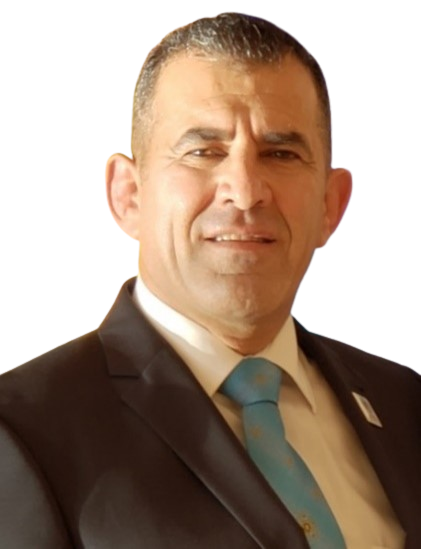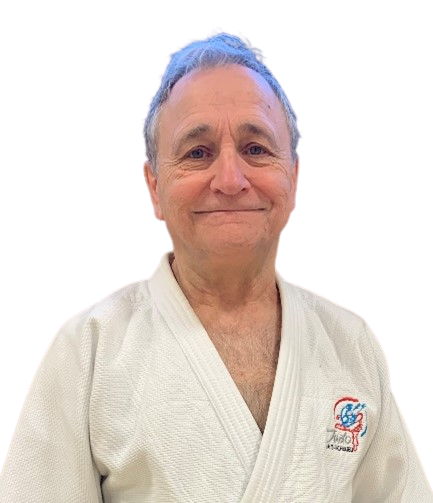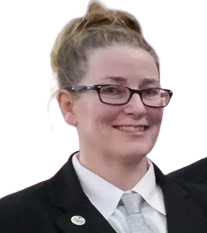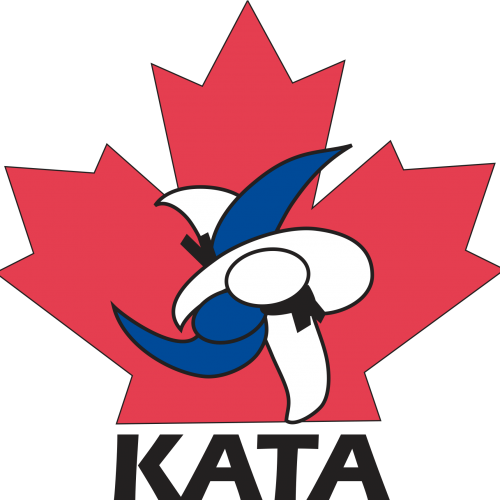
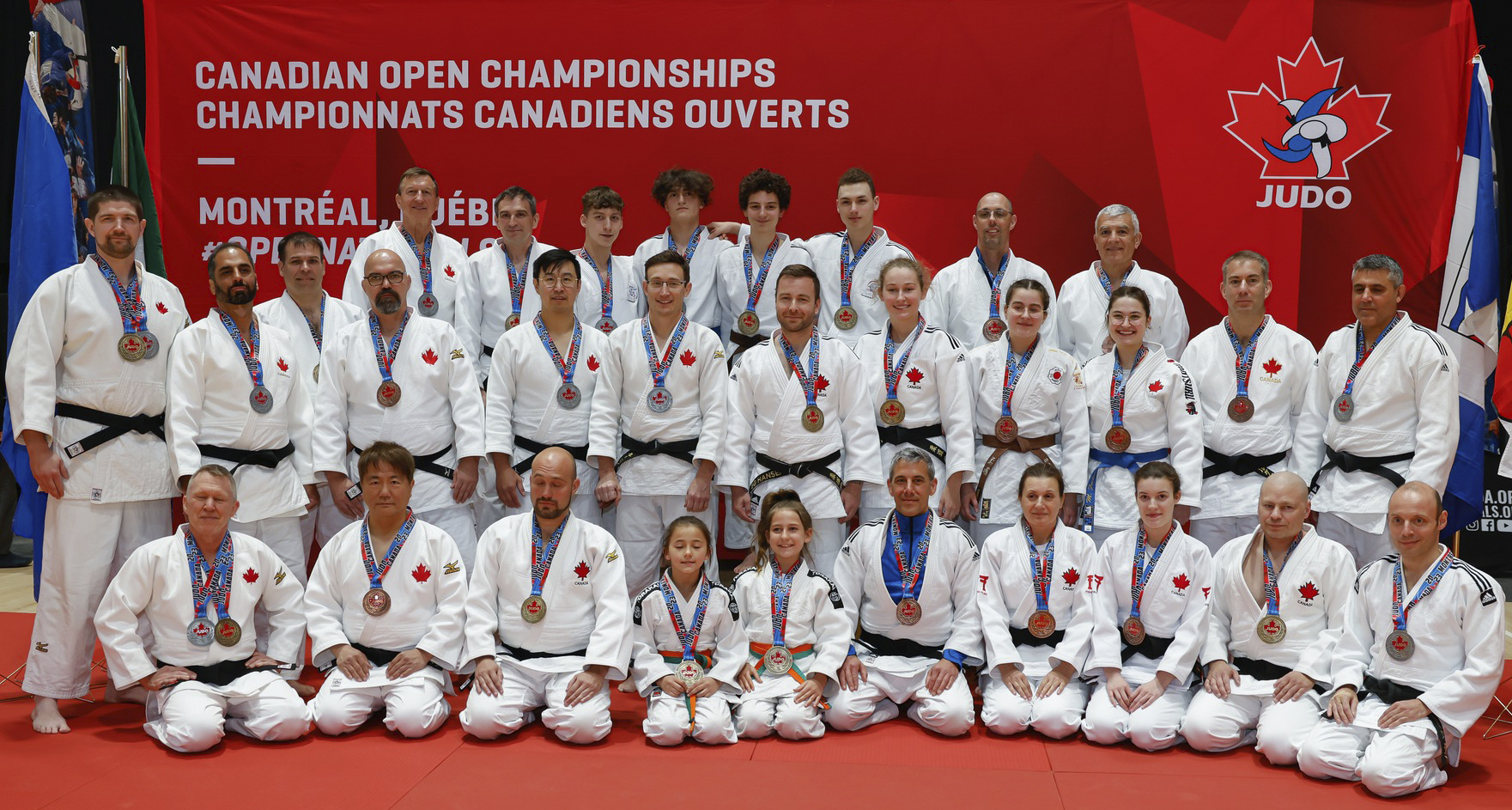
Jigoro Kano Shihan, the founder of judo, explains there are essentially two ways of practicing judo: randori (with its variant in competition) and kata. Kata literally means “form”. Kata is practiced according to a pre-established system of codified movements, while randori is practiced freely.
The goal of kata is therefore to learn and practice the fundamental principals and techniques of judo. It is important for the student and teacher to incorporate kata in their training.
Kata provides the judo instructor a benchmark for reference for every technique included in the varied forms, as each kata technique is executed in its purest form with uke attacking from the best possible position to maximize the effectiveness of that technique.
A kata competition is where judo athletes perform a kata in a competition setting, with five presiding judges, against other judoka who perform the same kata. All kata competitions are evaluated according to the IJF Kata Competition – Criteria for the Evaluation. At the Canadian National Judo Championships there are five kata events (1-5 listed below) and each of the categories features a Senior and U23 division.
Typically, kata competitors compete in one or more of the following kata – depending on the type of competition:
1. Nage-no-Kata – forms of throwing
2. Katame-no- Kata – forms of grappling or holding
3. Ju-no-Kata – forms of gentleness and flexibility
4. Kodokan-Goshin-Jutsu – forms of Kodokan self-defence
5. Kime-no-Kata – forms of decisive techniques
6. Koshiki-no-Kata – forms of classics (conducted at a limited number of international events)
7. Itsutsu-no-Kata – form of five (currently not competed)
8. Kodomo-no-Kata – kata for the teaching of basics to young children (competed provincially)
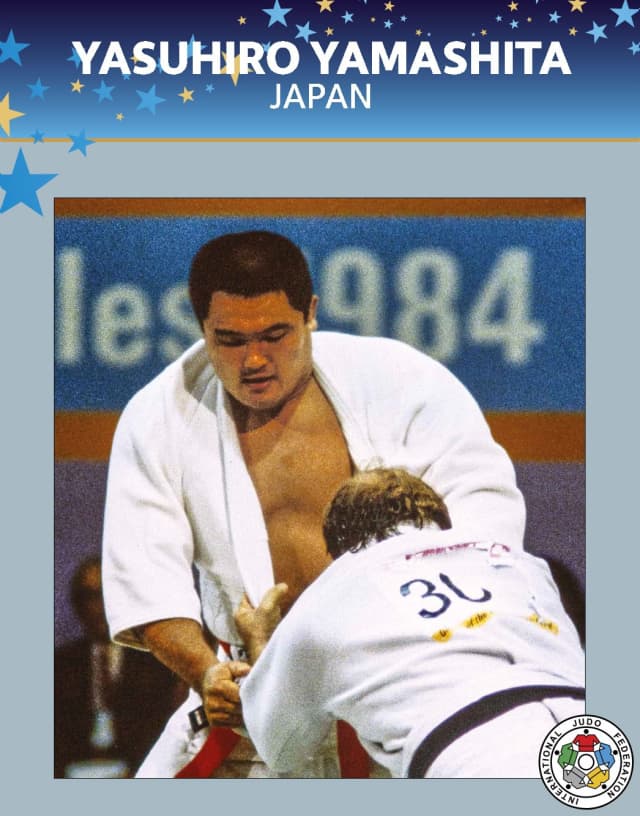
Yasuhiro Yamashita
Yasuhiro Yamashita, one of the greatest judoka of all time, practices kata on a regular basis. Here is a judoka, an Olympic Champion, four-time World Champion, undefeated in 203 consecutive judo matches, and he regularly practices kata. He states, “Kata is one of the ways of ensuring my judo performance is the best possible. When my techniques are not working precisely, I always go back to practice kata to improve my randori.”
Judo Canada Kata Committee
The National Kata Committee is a standing committee of Judo Canada and its Chair is appointed by the CEO of Judo Canada. It shall assist Judo Canada in developing a cohort of high performance kata athletes to represent Canada at the international level and in achieving best-ever performances.
The JCKC mission is to develop and nurture an environment where all Judo Canada members are introduced to grassroots and high performance IJF/Kodokan kata.
Kelly Palmer
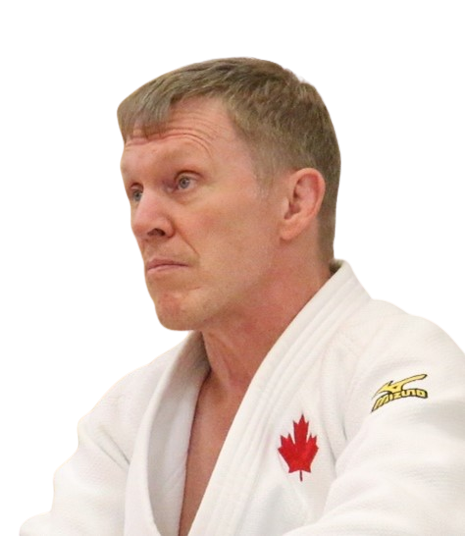
Committee Position: Athlete Development
Belt Rank: Rokudan
Years in Judo: 50
Kata Judge Certifications: Certified National Kata Judge in all 5 Kata
Kata Achievements: 23 times National Champion (Gold in all 5 Kata);
2x Pan American Champion; Numerous European, US and Canadian Medals;
12x World Championship Competitor (5th place 2015 and 2018)
Shane Rooney
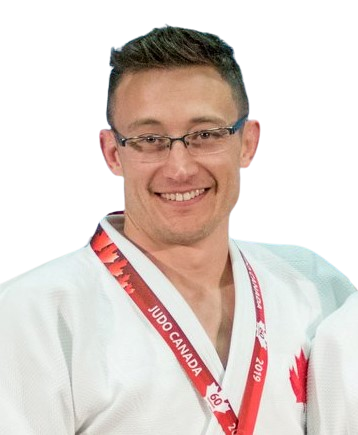
Committee Position: Athlete Development
Belt Rank: Yondan
Years in Judo: 40
Kata Judge Certifications: National: Nage no kata – A, Katame no Kata – C, Ju no Kata – A.
Kata Achievements: Multiple time Canadian medalist in Nage no kata, Katame no Kata, Ju no Kata, and Kodokan Goshin Jitsu.
EJU – Brussels, Belgium 1st (2019), World Judo Kata Championships 4th (2017), 6th (2018) 4th (2019) 6th (2021).
Gord Okamura
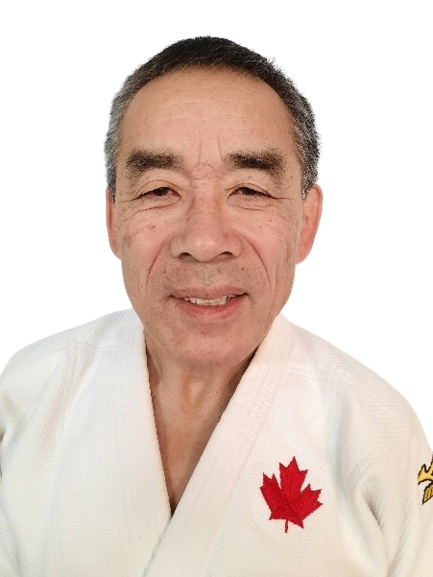
Judo Canada National Kata Coach
Belt Rank: Rokudan
Years in Judo: 53
Kata Judge Certifications: Certified National Kata Judge in all 5 Kata
Kata Achievements: Multiple medalist nationally and in the USA, Europe and Pan Am Championships.
Competed in 11 IJF World Kata Championships and attended numerous international clinics.



